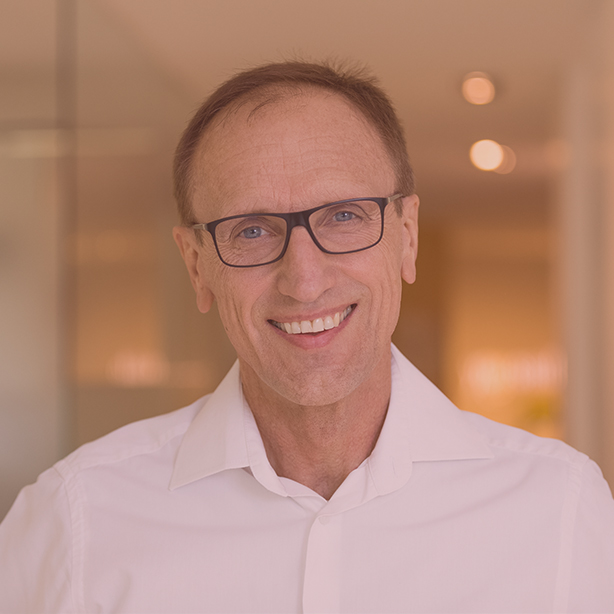HEINZ WINSAUER, Orthodontics University of Graz, Austria

Dr. Winsauer received his degree in general medicine from the University of Innsbruck in 1980, and completed four years of clinical training in general and intensive medicine. From 1985 he began his training at the Dental University in Innsbruck and then focused on three years of orthodontic training.
He has had a private practice in Bregenz, Austria, since 1990. In 1998 he was the first Austrian orthodontist to pass the European Board exam in private practice, and since then he has been an active member of the European Orthodontic Society. Dr. Winsauer is the author and co-author of 15 peer-reviewed publications and four orthodontic textbook chapters. He is a speaker at numerous international lectures (including a precongress course at EOS 2017) and holds eight international orthodontic patents.
Dr. Winsauer is a part-time lecturer at the universities of Bern and Geneva. An excellent collaboration with the University of Graz (Austria) and Catalonia (Spain) enabled a number of joint research projects in orthodontics. His research focuses on: maxillary expansion in adults without surgical support, orthodontic treatment with bone-supported anchoring and mandibular distraction osteogenesis in the midline.
He has had a private practice in Bregenz, Austria, since 1990. In 1998 he was the first Austrian orthodontist to pass the European Board exam in private practice, and since then he has been an active member of the European Orthodontic Society. Dr. Winsauer is the author and co-author of 15 peer-reviewed publications and four orthodontic textbook chapters. He is a speaker at numerous international lectures (including a precongress course at EOS 2017) and holds eight international orthodontic patents.
Dr. Winsauer is a part-time lecturer at the universities of Bern and Geneva. An excellent collaboration with the University of Graz (Austria) and Catalonia (Spain) enabled a number of joint research projects in orthodontics. His research focuses on: maxillary expansion in adults without surgical support, orthodontic treatment with bone-supported anchoring and mandibular distraction osteogenesis in the midline.